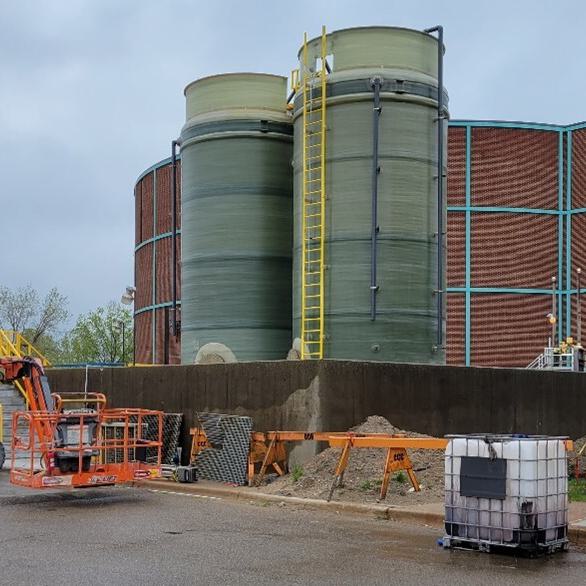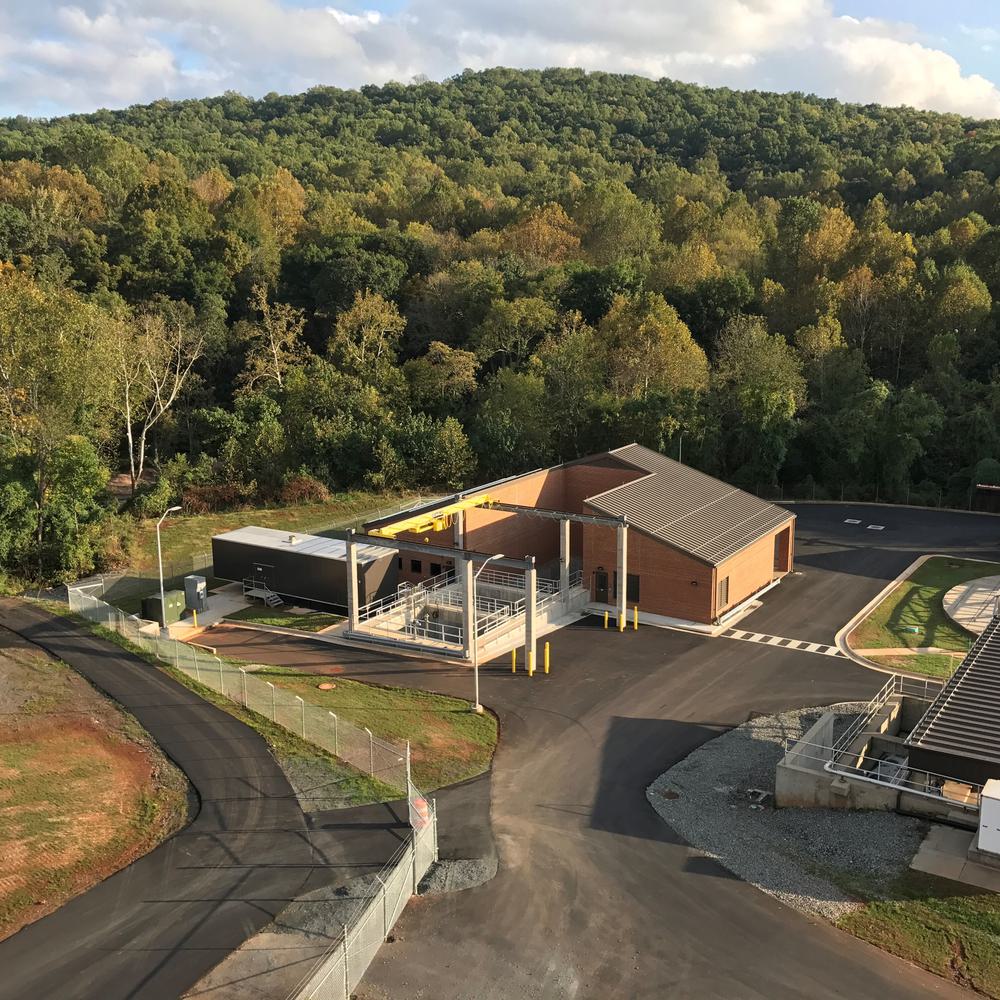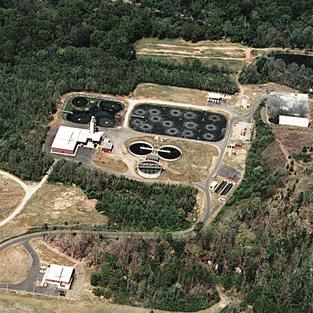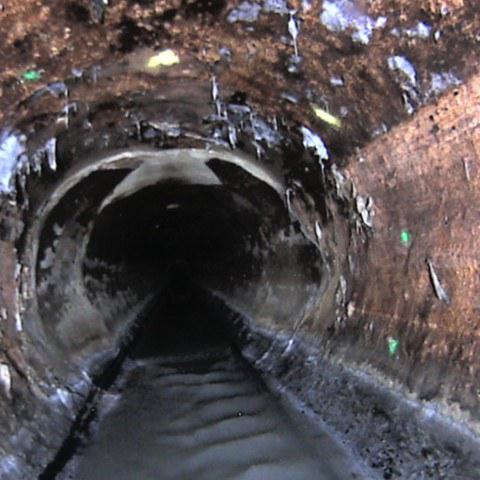Raw Water Pump Station Rehabilitation, Upgrade, and Capacity Expansion
Expansion project increases Vasona pump station’s level of service to meet current and future treated water demands in California
Project Outcomes and Benefits
- The pump station provides different alternatives for moving water around the system, allowing for increased overall flexibility, reliability, and system resiliency.
- Hazen's team calibrated an InfoWater model and developed scenarios to reflect current and future expectations of Valley Water in order to inform the capacity and interconnections of this pump station both for now and for future needs.
- We also led consensus-building facility planning workshops to balance the needs of stakeholders in the development of a single consensus basis of design.
- The project was delivered as a Design-Build, with Hazen providing assistance and support to Valley Water during the selection process.

Mark Supplee is Hazen's Pump Stations group leader and is an expert in pumping-related design, construction, and operations.
Related Topics:
A Critical Waypoint at the Confluence of Three Major Water Lines
Vasona pump station is both critical and strategic because it is located in the middle of the raw water system – a system low point – at the confluence of three raw water lines: the 66-inch Central Pipeline, 72-inch Almaden Valley Pipeline, and 72-inch Rinconada Force Main.
The updated pump station will consist of four (three duty, one standby, and one future) bottom suction, horizontal split case (HSC) pumps, each equipped with a 600 HP motor. Bottom suction HSC pumps were selected after thorough evaluation of the existing layouts made it evident it was the only workable pump configuration in the available space. Pumps will be equipped with a variable speed drive, controls, flow metering, and auxiliary supporting systems.
The improvements will also involve replacement of all the valves located at the pump building and valve yard. These valves vary in size from 24 to 72 inches. Supporting electrical systems include HVAC replacement, switchgear, motor control centers, permanently installed 1,500 kW standby power generator, and an automatic transfer switch. Construction activities had to be coordinated with plant staff to maintain critical flows, minimize disruptions, and ensure the continued reliability of the raw water system during the project.






















